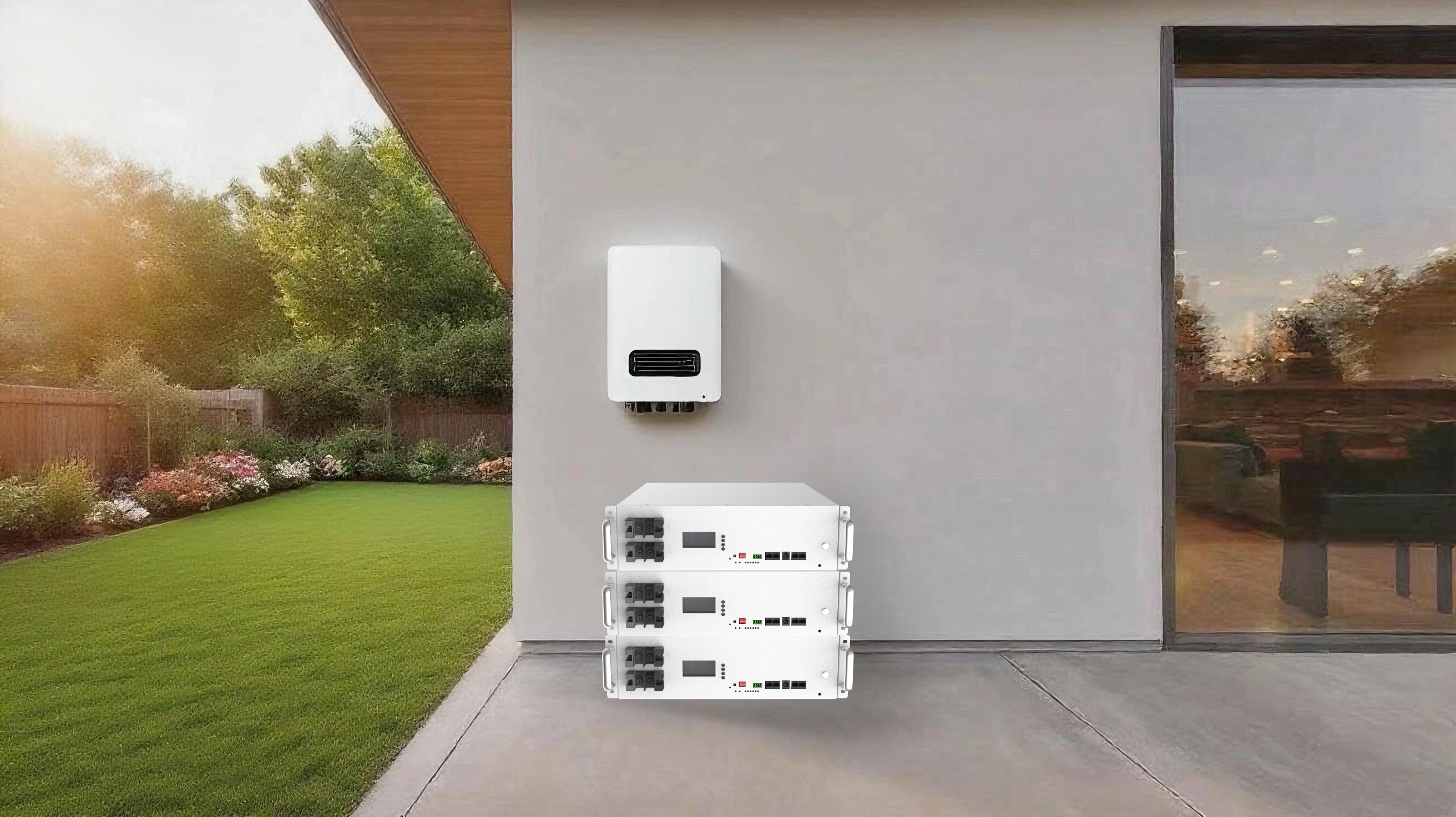25/9/26
As more households around the world turn to renewable energy, home energy storage systems have become essential for stable and efficient power use. However, one of the most common questions for homeowners and professionals alike is: How do you determine the right battery size for your home energy storage system? Selecting the correct capacity is critical for performance, cost-efficiency, and long-term reliability.
1. Understand Your Daily Energy Consumption
The first step is to review your household』s daily electricity usage. Utility bills usually provide this data in kilowatt-hours (kWh). For example, if your home consumes 20 kWh per day, your energy storage system should be sized to cover at least this demand, with additional capacity for peak hours or emergencies.
2. Identify Your Backup Power Needs
Not every household requires full backup power. Some families want a system that covers critical loads—such as refrigerators, lighting, or internet equipment—while others prefer whole-home backup. A partial-load system requires smaller storage, whereas full-home backup will need significantly higher capacity.
3. Consider Solar Panel Integration
If your home is equipped with solar panels, the storage system should be designed to capture excess solar production during the day and discharge it at night. A good rule of thumb is to size the battery storage close to your solar generation output to maximize self-consumption and reduce reliance on the grid.
4. Plan for Energy Independence and Future Growth
Energy storage is a long-term investment. Families that expect growing electricity demand—such as electric vehicle charging or additional home appliances—should choose a system with expandable capacity. For example, modular lithium battery packs ranging from 5 kWh to 20 kWh allow homeowners to scale their systems as needed.
5. Factor in Discharge Depth and Battery Chemistry
Different battery technologies offer different usable capacities. Lithium iron phosphate (LiFePO4) batteries typically allow deeper discharge cycles (up to 90–95%) and longer life cycles compared to traditional lead-acid batteries. This means a 10 kWh lithium battery may provide more usable energy than a 10 kWh lead-acid system.
6. Balance Cost with Long-Term Savings
While larger systems provide more backup and independence, oversizing can result in unnecessary costs. The best approach is to balance upfront investment with practical daily needs and return on investment. A system between 10 kWh and 30 kWh is commonly suitable for family homes, depending on energy usage and backup requirements.
Conclusion
Choosing the right size of home energy storage system requires careful evaluation of household energy consumption, backup needs, solar integration, and future growth. By selecting a properly sized system, homeowners can achieve energy independence, lower utility bills, and ensure long-term stability.
At Energynice, we specialize in providing customized home energy storage solutions ranging from compact 5 kWh wall-mounted batteries to large 30 kWh all-in-one systems. With decades of manufacturing experience and complete certifications, we support distributors, project developers, and global partners with reliable OEM/ODM services.
For more information, visit energynice.com or contact us directly for tailored solutions.

